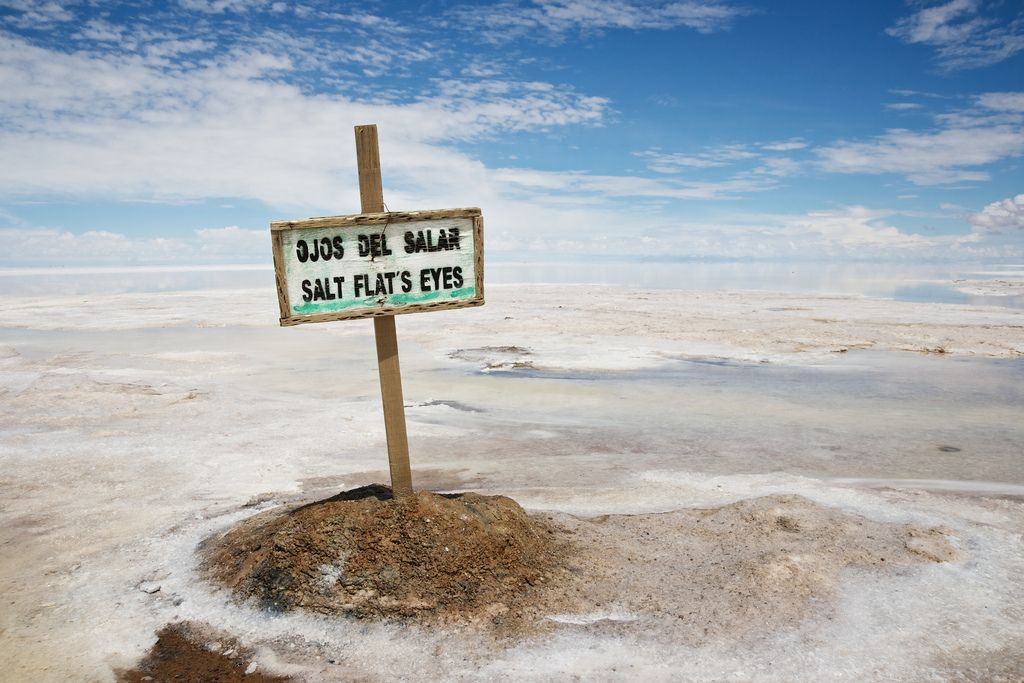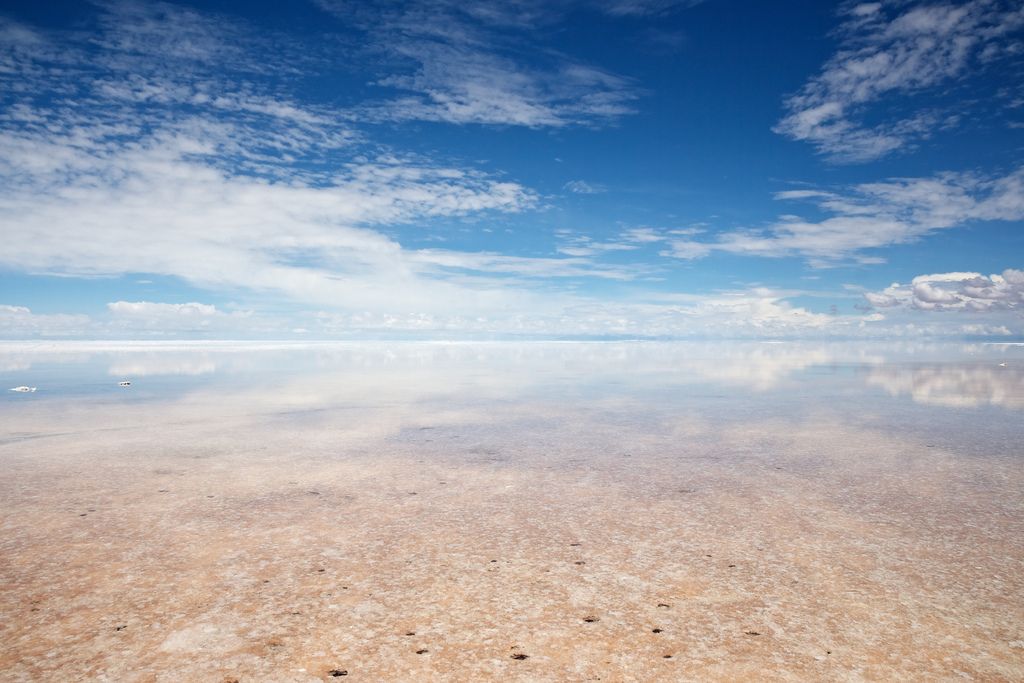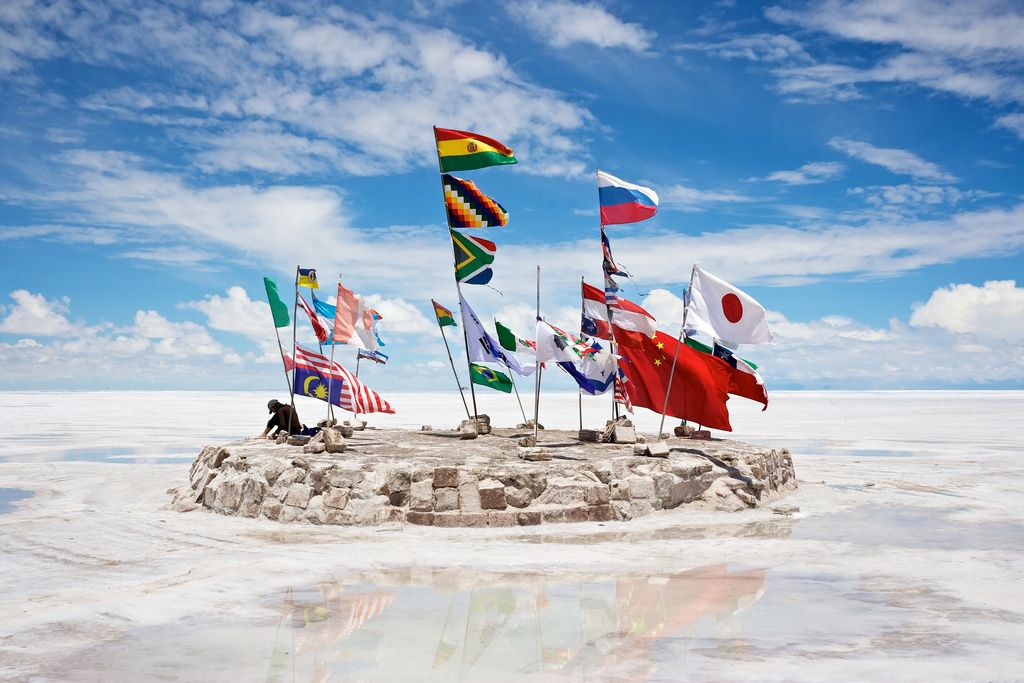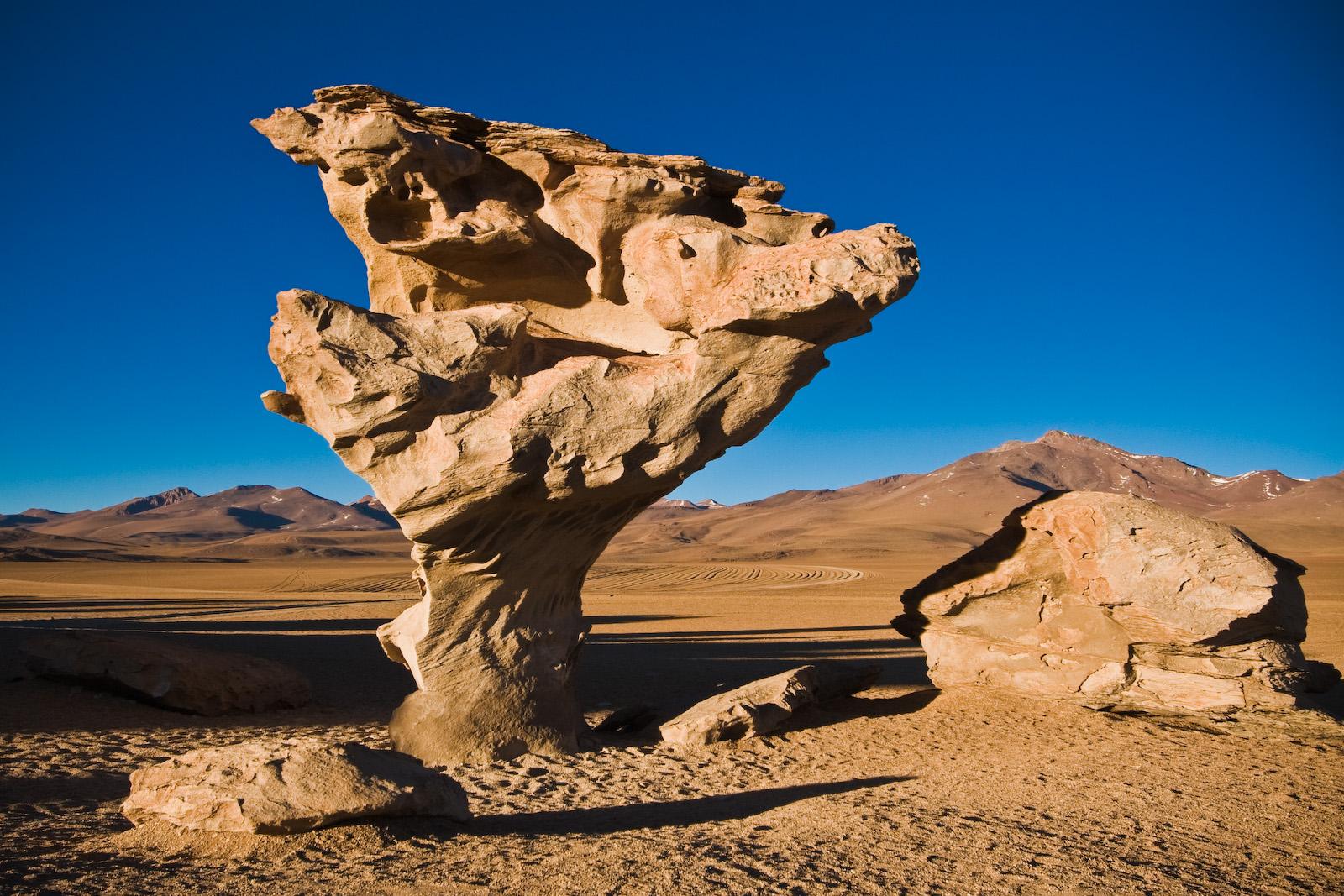Salar de Uyuni is covering 10,582 square kilometers in the Potosi region. The salt is over 10 meters thick in the center. Some 40.000 years ago, the area was part of Lake Minchin, a giant prehistoric lake. When the lake dried, it left behind two modern lakes, Poopó and Uru Uru, and two major salt deserts, Salar de Coipasa and the larger Salar de Uyuni. It is one of the landscapes on planet Earth where you may feel that you are somewhere else in the universe entirely. At the edge of Salar de Uyuni is located salt hotel called Palce of Salt. It is built of salt blocks.










credit: Nico Kaiser
Bolivia is a beautiful, geographically diverse, multiethnic, and democratic country in the heart of South America. This landlocked country shares its borders with Brazil to the north and east, Paraguay and Argentina to the south, Chile to the south west, and Peru to the west. Santa Cruz de la Sierra is the largest city of Bolivia. More than 60% of the population of Bolivia speaks Spanish, followed by Quechua: 21.2%, Aymara: 14.6%. The highest navigable lake in the world is found in Bolivia at 3810 meters above sea level. It takes six hours to cross Lake Titicaca on a fast hydrofoil. It’s also one of the deepest lakes in the world. Bolivia shares with Peru control of Lake Titicaca. The largest deposit of salt on the planet is also found in Bolivia. The Salar de Uyuni contain over 64 million tons of salt. The country is home to 40% of all animal and plant life in the world.

3,000 Year Old Yareta Plant

Arbol de Piedra, Bolivia

Sol de Mañana Geysers, Bolivia

Laguna Blanca, Bolivia

Sol de Mañana Geysers, Bolivia

Laguna Verde, Bolivia

Hexagons, Salar de Uyuni, Bolivia

Mating Ritual: James’s Flamingo

View from the bus: Lake Titicaca to La Paz
credit: Pedro Szekely











 Amazing Shots – Places to ...
Amazing Shots – Places to ... Versaille One of the Most Popula...
Versaille One of the Most Popula... Palace of Fontainebleau – ...
Palace of Fontainebleau – ... Plaza de Toros de Ronda
Plaza de Toros de Ronda Worlds Biggest Miniatur Railway ...
Worlds Biggest Miniatur Railway ... The flooded Ruins of Villa Lago ...
The flooded Ruins of Villa Lago ... Vila Isabel at Carnival in Rio d...
Vila Isabel at Carnival in Rio d... The Beautiful Bisti/De-Na-Zin Wi...
The Beautiful Bisti/De-Na-Zin Wi...









 Pope Francis leaving Ecuador
Pope Francis leaving Ecuador Best Shots of Marines Conduct Am...
Best Shots of Marines Conduct Am... The Atacama Desert – One o...
The Atacama Desert – One o... Amazing Ashikaga Flower Park, Ja...
Amazing Ashikaga Flower Park, Ja... Country Expedition to Jordan
Country Expedition to Jordan Amazing Place – Rice Terra...
Amazing Place – Rice Terra... Amazing Alfa Romeo 4C Concept
Amazing Alfa Romeo 4C Concept What to See in New Zealand ̵...
What to See in New Zealand ̵...


